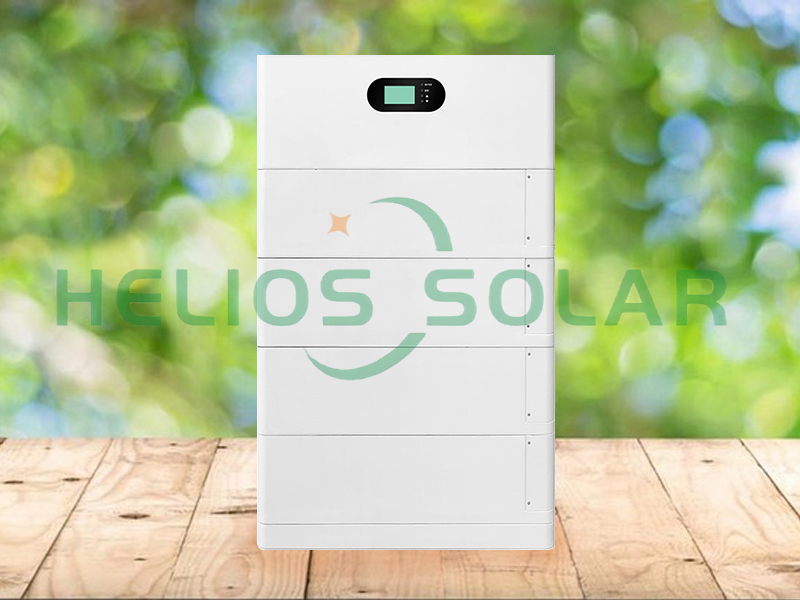With the increasing demand for reliable and sustainable energy solutions, energy storage power systems have gained popularity. These systems capture and store excess energy, allowing homeowners to use it during peak hours or in emergencies. Especially the stacked energy storage system is a good choice for households that need higher energy storage capacity. In this article, we will guide you through the process of installing a stackable energy storage power supply in your home power system.
Learn about stackable energy storage power supplies:
The stacked energy storage system consists of multiple energy storage units connected in series or in parallel to further enhance the power and capacity of the system. By combining multiple units, these systems can provide a more reliable and efficient power supply solution for the home. To install such a system, follow these steps:
Step 1: Assess your energy needs
Before installing any energy storage system, your home energy needs must be determined. Evaluate your typical energy consumption patterns, including peak and off-peak hours, to determine the right storage capacity for your stacking system. This analysis will help you determine the number of units needed to efficiently meet your energy needs.
Step 2: Choose the right energy storage unit
After assessing your energy needs, choose an energy storage unit that fits your needs. Consider factors such as capacity, voltage compatibility, battery life, warranty, and efficiency when selecting a device. It is recommended to consult an expert or contact a reputable supplier for guidance on selecting the best unit for your stacked energy storage system.
Step 3: Determine system configuration and wiring
After obtaining an energy storage unit, create a configuration plan based on your energy needs and available space. You can choose between series and parallel connections depending on your voltage and capacity needs.
In a series connection, cells are connected one after the other to increase the voltage output. Parallel connections, on the other hand, increase the overall capacity by connecting units in parallel. Make sure the connecting cables are of proper thickness and quality to meet the increased power demands.
Step 4: Prepare the Power Area
Designate a well-ventilated and easily accessible area for your stackable energy storage system. It is recommended to install the device away from direct sunlight and temperature extremes as these factors can affect battery performance.
Make sure the designated area meets safety standards and that all necessary electrical connections are easily accessible. This will make future maintenance and troubleshooting easier.
Step 5: Install and connect the energy storage unit
Follow the manufacturer’s guidelines and instructions for the proper installation of each energy storage unit. Mount them securely in the designated area, taking into account factors such as weight distribution and necessary wiring. Connect devices according to your planned configuration, making sure all connections are secure to avoid any power interruption or safety hazard.
In conclusion
Through the following steps, you will be able to successfully install a stackable energy storage power system in your home power system. It is imperative to prioritize safety, consult professionals when needed, and select quality products to maximize system efficiency and reliability. Adopting energy storage solutions not only benefits you financially but also contributes to a greener, more sustainable future. So invest in a stackable energy storage power supply and take control of your home’s energy needs.
If you are interested in energy storage power supply, welcome to contact photovoltaic company Radiance to read more.
Post time: Aug-25-2023


